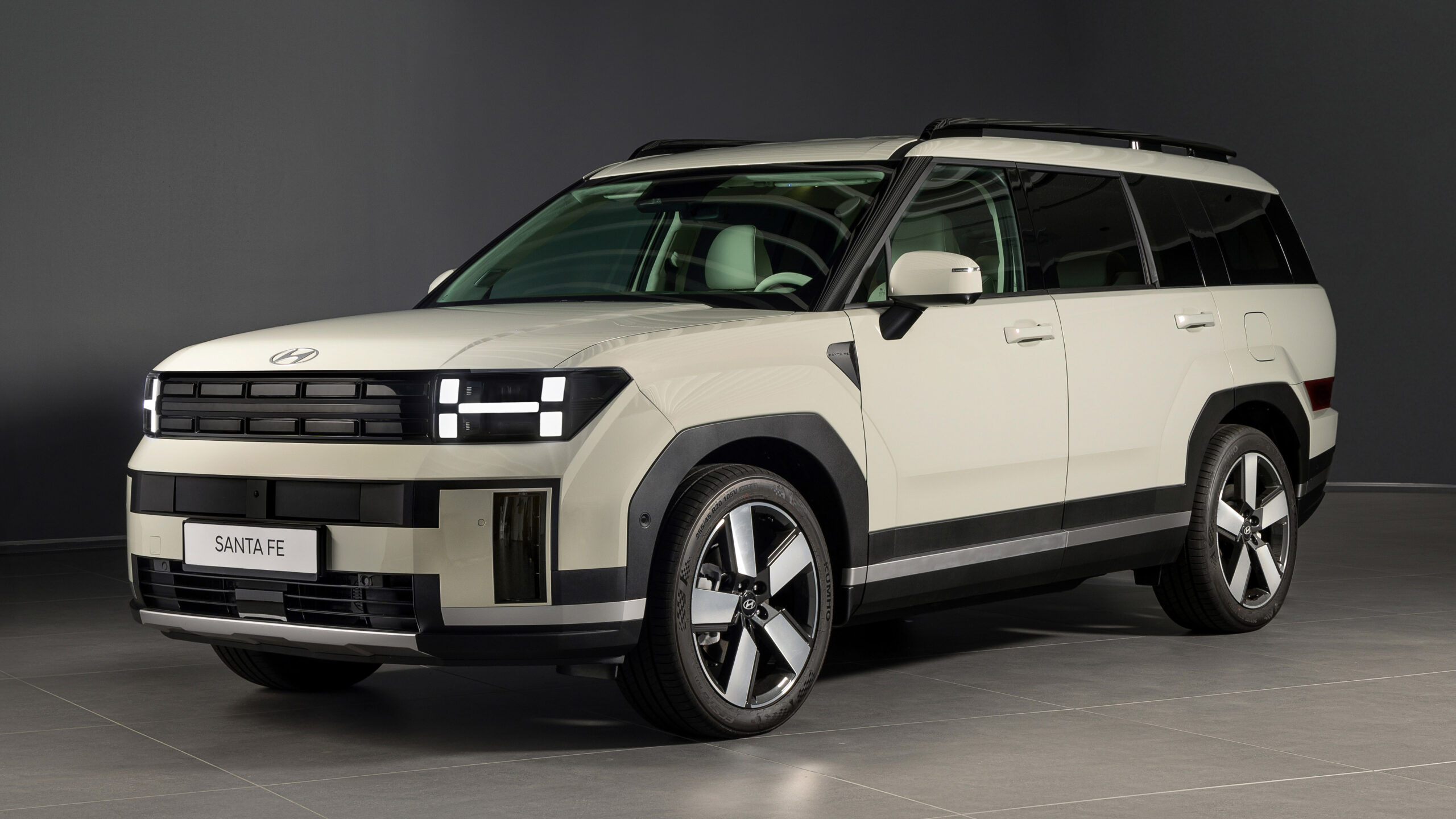Cultural Influences on Hyundai Design
Korean Aesthetics: Harmony and Simplicity
Hyundai’s roots in South Korea imbue its design philosophy with elements of Korean aesthetics, characterized by harmony, simplicity, and balance. This influence is evident in the clean lines and minimalist approach seen across Hyundai’s vehicle lineup. For instance, models like the Sonata and Elantra exhibit sleek profiles and uncluttered interiors, reflecting Hyundai’s commitment to elegant simplicity.
Global Appeal: Adaptation to Diverse Markets
While rooted in Korean aesthetics, Hyundai also tailors its designs to appeal to diverse global markets. This adaptation involves understanding regional preferences in design elements such as grille shapes, lighting signatures, and interior finishes. For example, the Hyundai Tucson’s bold grille design may vary subtly across markets like North America, Europe, and Asia to align with local tastes while maintaining a cohesive brand identity.
Technological Advancements Driving Design Innovation
Embrace of Electric Mobility: Aerodynamics and Efficiency
In recent years, Hyundai has embraced electric mobility with models like the Hyundai Ioniq and Kona Electric. The shift towards electric vehicles (EVs) has significantly influenced Hyundai’s design approach. Aerodynamics play a crucial role in maximizing EV range, prompting Hyundai to adopt streamlined silhouettes and aerodynamic features such as active air flaps and underbody panels. These elements not only enhance efficiency but also contribute to the distinctive look of Hyundai’s electric models.
Integration of Advanced Materials: Lightweighting and Safety
Advancements in materials science have enabled Hyundai to explore innovative design possibilities. High-strength steel, aluminum alloys, and composite materials are strategically employed to achieve lightweighting goals without compromising safety. This approach is exemplified in models like the Hyundai Palisade, which combines structural integrity with a spacious and comfortable interior, showcasing Hyundai’s commitment to both safety and design innovation.
Also Read : Exploring Futuristic Concepts in Hyundai Car Design
Market Trends and Consumer Insights
Design-Led Differentiation: Standing Out in a Crowded Market
In the fiercely competitive automotive market, design serves as a critical differentiator. Hyundai’s design strategy emphasizes creating vehicles that not only perform well but also resonate with consumers on an emotional level. This approach is exemplified in the Hyundai Veloster, which blends sporty aesthetics with practicality, targeting a niche market segment seeking both style and functionality.
User-Centric Design: Enhancing the Driving Experience
User experience (UX) design principles play a pivotal role in shaping Hyundai’s vehicle interiors. Features such as intuitive controls, ergonomic seating, and advanced infotainment systems are meticulously crafted to enhance comfort and convenience for drivers and passengers alike. The Hyundai Santa Fe, for instance, integrates cutting-edge technology with a thoughtfully designed cabin layout, reflecting Hyundai’s commitment to user-centric design principles.
Case Studies and Success Stories
Hyundai Tucson: Evolving Design Language
The Hyundai Tucson exemplifies Hyundai’s evolving design language, characterized by fluid lines and dynamic proportions. With each generation, the Tucson has evolved to incorporate bolder styling cues while maintaining its practicality and versatility. This evolutionary approach has resonated well with consumers globally, contributing to the Tucson’s popularity as a stylish yet functional compact SUV.
Hyundai Genesis: Luxury and Elegance
Hyundai’s luxury division, Genesis, represents the pinnacle of Hyundai’s design capabilities. The Genesis G80 and G90 sedans epitomize luxury and elegance, showcasing Hyundai’s prowess in crafting premium vehicles that rival established luxury brands. The design philosophy of Genesis emphasizes sophistication, with attention to detail evident in every aspect of the vehicle, from the exterior styling to the meticulously crafted interiors.
Future Directions in Hyundai Design
Sustainable Design Practices: Eco-Friendly Innovations
Looking ahead, Hyundai is poised to further integrate sustainable design practices into its vehicle lineup. This includes expanding its electric vehicle offerings, enhancing recyclability, and reducing environmental impact throughout the vehicle lifecycle. Concepts like the Hyundai Prophecy demonstrate Hyundai’s vision for future mobility, featuring aerodynamic forms and sustainable materials that pave the way for eco-friendly transportation solutions.
Autonomous Driving: Redefining Vehicle Interiors
As autonomous driving technology advances, Hyundai is exploring new opportunities to redefine vehicle interiors. Concepts like the Hyundai Mobis M.Vision X envision a future where vehicles become multifunctional spaces, blending workspace and relaxation areas seamlessly. This transformative approach to interior design reflects Hyundai’s forward-thinking stance on integrating technology to enhance the overall driving and passenger experience.
Conclusion
Hyundai’s journey in automotive design is a testament to its ability to blend cultural heritage, technological innovation, and market insights into vehicles that captivate consumers worldwide. By understanding and adapting to diverse influences, Hyundai continues to push the boundaries of automotive design, setting new standards for style, performance, and sustainability in the industry.
Through a strategic combination of aesthetic appeal, technological advancement, and consumer-centric design, Hyundai reaffirms its commitment to shaping the future of mobility while staying true to its core values of quality, innovation, and progress.
This article provides an in-depth exploration of the influences shaping Hyundai car design, backed by examples, case studies, and insights into Hyundai’s future directions.
(source)
Originally posted 2024-07-19 06:39:43.
